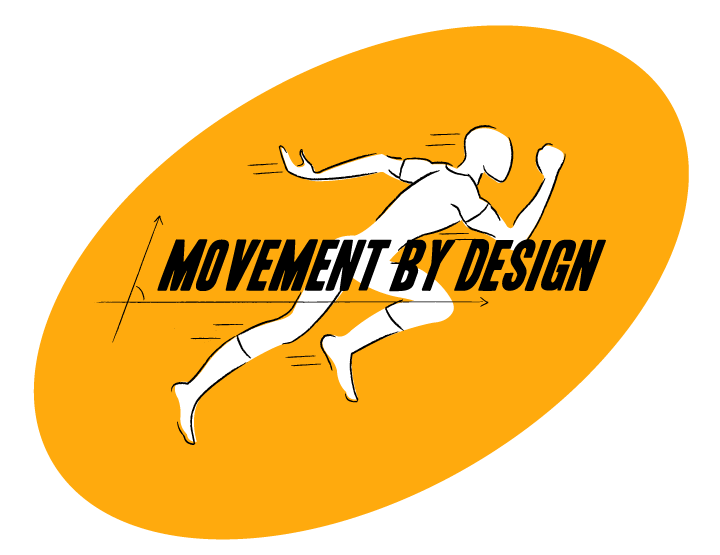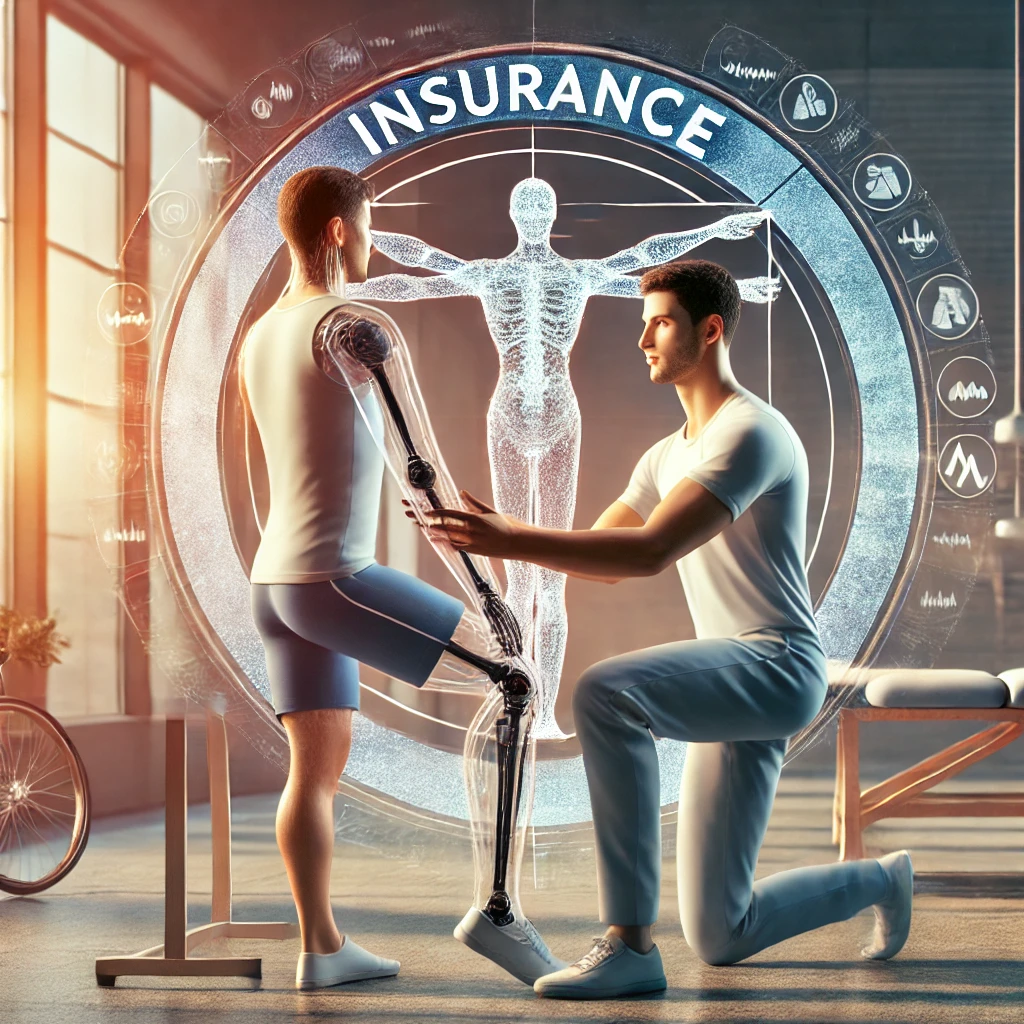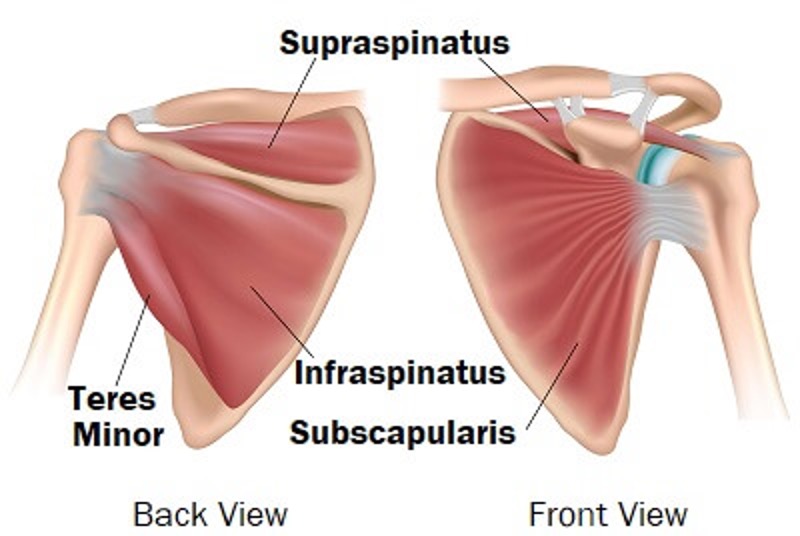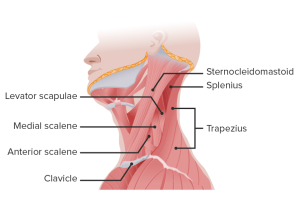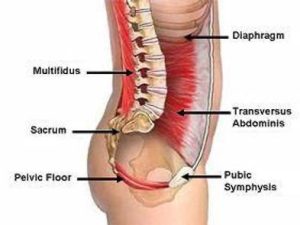How Physiotherapy Helps Mumbaikars
Mumbai’s unique challenges—be it long commuting hours, desk jobs, or intense sports culture—make physiotherapy an essential tool for urban wellness. Here’s how it can help:
1. Pain Management
- Techniques such as manual therapy, dry needling, TENS (Transcutaneous Electrical Nerve Stimulation), and ultrasound therapy are effective for managing pain from injuries, arthritis, and chronic conditions.
2. Recovery and Rehabilitation
- Aids in regaining mobility and strength after surgeries, injuries, or strokes.
- Customized exercise programs are designed to rebuild muscles and restore functionality.
3. Improved Mobility and Flexibility
- Addresses issues such as stiff joints, restricted movement, and muscle imbalances common among desk workers.
- Includes exercises and stretches to enhance flexibility and range of motion.
4. Postural Alignment and Balance
- Corrects poor posture caused by prolonged sitting, reducing strain on muscles and joints.
- Improves balance, particularly benefiting elderly residents in Mumbai.
5. Injury Prevention
- Strengthens muscles and joints, reducing the risk of future injuries for both office-goers and athletes.
- Provides guidance on proper movement and exercise techniques.
6. Support for Chronic Conditions
- Manages conditions such as arthritis, fibromyalgia, and lower back pain without heavy reliance on medication.
- Facilitates natural recovery, reducing dependency on invasive treatments.
Why Do You Need Physiotherapy in Mumbai?
To Recover from Injuries
If you’ve suffered a sports injury, been in a traffic accident, or undergone surgery, physiotherapy offers a safe path to recovery. With access to skilled physiotherapists in Mumbai, you can regain strength and mobility.
To Manage Chronic Pain
Physiotherapy effectively treats chronic conditions like lower back pain, sciatica, or frozen shoulder—common ailments due to Mumbai’s demanding lifestyle.
To Avoid Recurring Problems
Recurrent issues like muscle strains and joint instability are addressed by identifying and correcting their root causes.
To Enhance Athletic Performance
Mumbai’s vibrant sports community benefits from physiotherapy’s sport-specific training and injury prevention programs, which enhance performance and resilience.
To Improve Quality of Life
From addressing posture-related discomfort caused by long hours of commuting to empowering individuals to live pain-free, physiotherapy helps you lead an active, fulfilling life.
Types of Physiotherapy Available in Mumbai
Mumbai offers specialized physiotherapy services tailored to diverse needs:
- Musculoskeletal Physiotherapy: For issues related to bones, joints, and muscles.
- Neurological Physiotherapy: For conditions like stroke, Parkinson’s disease, and multiple sclerosis.
- Cardiopulmonary Physiotherapy: Focused on heart and lung recovery.
- Pediatric Physiotherapy: Helping children overcome developmental challenges.
- Sports Physiotherapy: Specializing in preventing and treating sports-related injuries.
Why Mumbai Residents Are Choosing Physiotherapy
In a city that never sleeps, prioritizing physical well-being is essential. Mumbai’s physiotherapy centers are equipped with state-of-the-art facilities, experienced practitioners, and programs designed for urban lifestyles. With a focus on holistic recovery and wellness, physiotherapy ensures you can keep up with the demands of city life while staying pain-free and active.
Conclusion
Physiotherapy is more than just a treatment—it’s a gateway to improved health and vitality. In Mumbai, where the challenges of urban living often take a toll on the body, physiotherapy provides a sustainable solution for recovery, prevention, and overall well-being. Whether you’re dealing with an injury, recovering from surgery, or simply looking to stay fit, physiotherapy is a safe, effective, and empowering choice.
Take the first step toward a healthier, more active life in Mumbai. Let your body move, heal, and thrive amidst the vibrant energy of the city.
